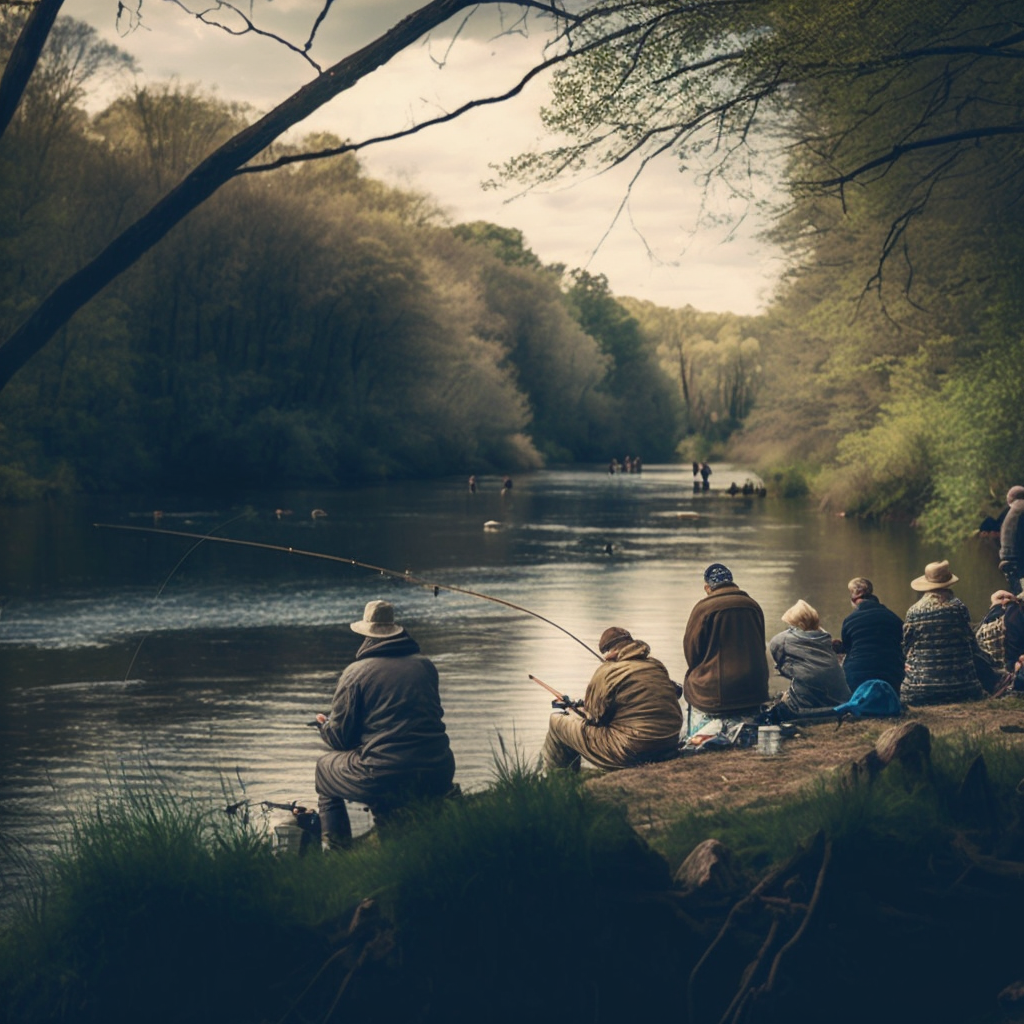Cracking the Code: Effective Fishing Lures for Heavily Pressured Bass

Bass fishing can be challenging due to heavily pressured waters. Bass become wary of lures that they have seen before, and anglers must use creative techniques to entice these elusive fish. This article will explore effective fishing lures for heavily pressured bass.
Finesse Techniques
Finesse fishing involves using small, subtle lures that mimic the movement of natural baitfish. In heavily pressured waters, bass can become skittish and require a more delicate presentation. Effective finesse lures include Ned rigs, drop shot rigs, and shaky heads. These lures can be fished slowly and vertically, making them ideal for fishing in deeper waters. To maximize their effectiveness, use a light action rod with a spinning reel spooled with 6-10 lb test fluorocarbon line.
Topwater Baits
Topwater baits are great for fishing during low light conditions, such as dawn or dusk, or when bass are actively feeding on the surface. Effective topwater baits for heavily pressured bass include buzzbaits, poppers, frogs, and walking baits. These lures create a commotion on the surface of the water, mimicking the movement of prey, and can trigger aggressive strikes from wary bass. To use topwater baits effectively, use a medium action rod with a baitcasting reel spooled with 15-20 lb test braided line.
Crankbaits and Spinnerbaits
Crankbaits and spinnerbaits are effective lures for covering water quickly and locating schools of bass. In heavily pressured waters, use lures that have a unique action or color pattern to differentiate them from other lures that the bass have seen. Effective crankbaits include squarebill and lipless crankbaits, while effective spinnerbaits include tandem and willow leaf blades. To use crankbaits and spinnerbaits effectively, use a medium-heavy action rod with a baitcasting reel spooled with 12-17 lb test fluorocarbon line.
Seasonal Patterns of Bass Behavior
Bass behavior is influenced by water temperature, light conditions, and other environmental factors. Bass behavior changes with the seasons. In the spring, bass are spawning and can be caught on finesse lures such as jigs and soft plastics. In the summer, bass move to deeper waters and can be caught on crankbaits and spinnerbaits. In the fall, bass are feeding aggressively to prepare for the winter and can be caught on topwater baits. In the winter, bass become dormant and are difficult to catch.
Try our Lure Wizard to help you choose the best lure to use based on weather, water clarity, temperature, and other factors.
Final Thoughts
In heavily pressured lakes and reservoirs, using the right fishing lures is crucial to catching more bass. By employing finesse techniques, topwater baits, crankbaits, and spinnerbaits, anglers can increase their chances of success. By understanding the seasonal patterns of bass behavior, anglers can tailor their lure selection and usage to match the conditions. With these tips, you’ll be on your way to cracking the code of heavily pressured bass.
I hope this article is helpful in your efforts to catch more bass. Let me know in the comments if you have any further questions. Remember, when fishing in heavily pressured waters, it’s important to use lures that are different from what the bass have seen before. Experiment with different techniques and lure types until you find what works best for you. Good luck on your next fishing trip!












